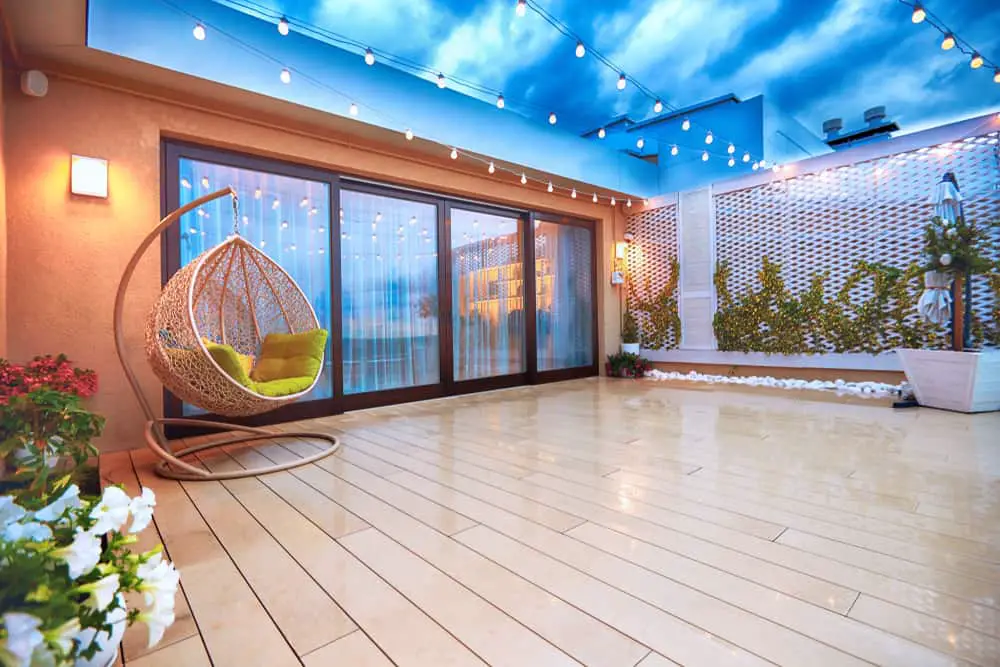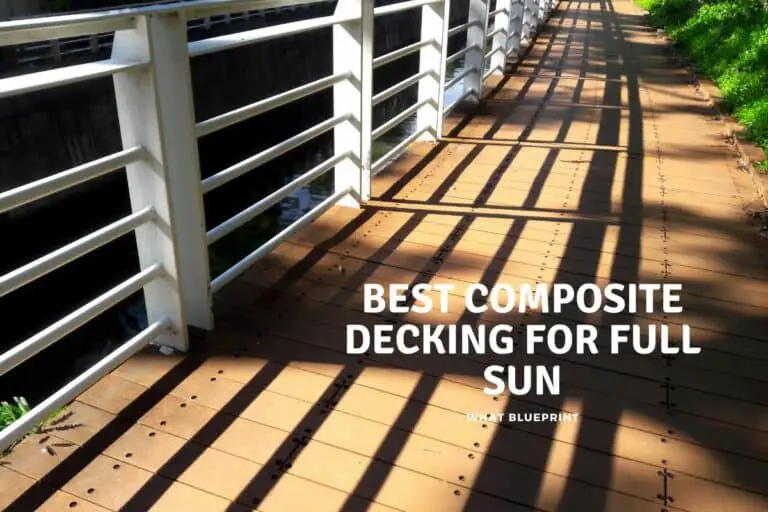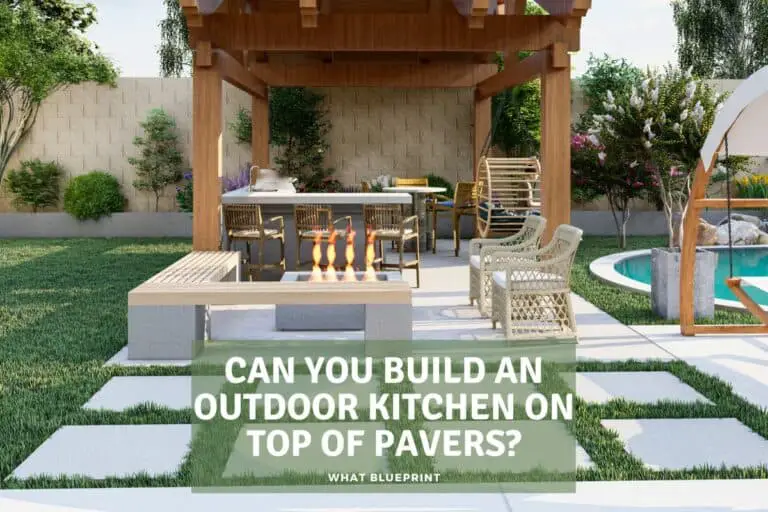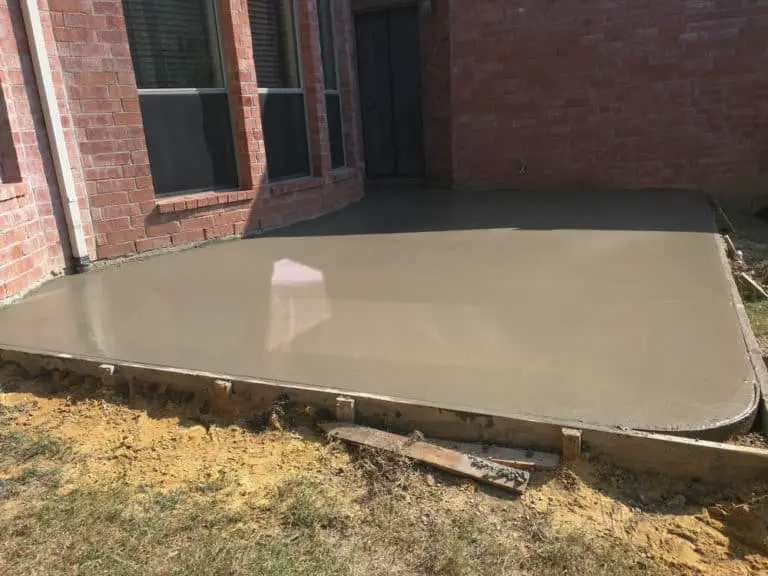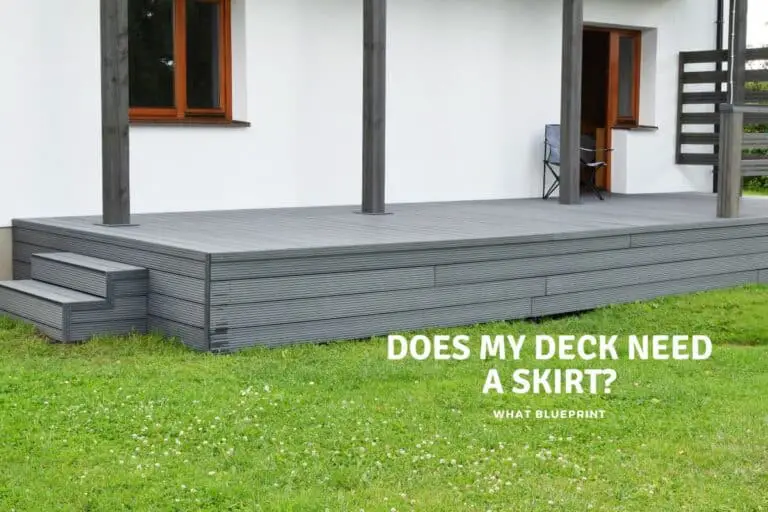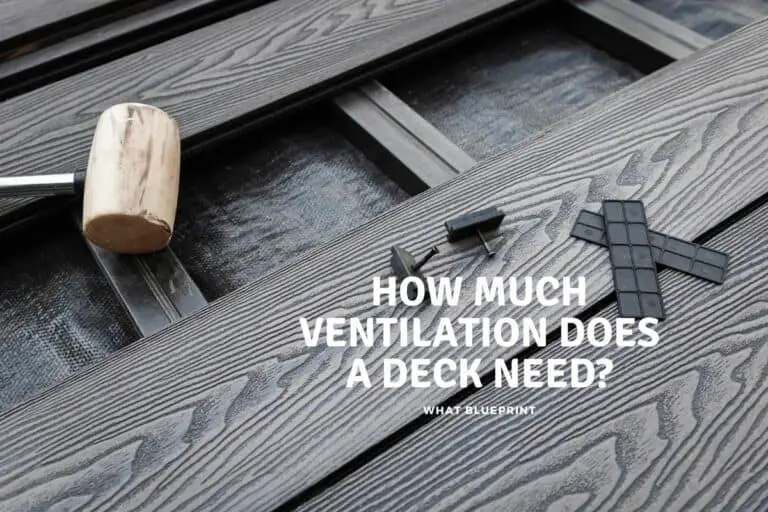Should a Patio Go Right Up to the House?
Whether you call it a terrace or a patio, the idea is simple. To create a space adjacent to your house where you can step outside and get fresh air.
A patio can be a most welcoming place for entertaining and relaxing with friends and family. But if it’s situated far from the house, there’s no way to serve dishes or maintain party temperature. The best patios are positioned near the kitchen and close to doors for easy access.
If yards are flat, why not use the space to create a patio? Depending on how big your family is and what mood you’re in, you can furnish your patio with comfy lounge chairs and motion lamps. You can stake down outdoor rugs for nighttime dinners.
Everything About Patio Explained
A patio project can be very exciting. However, coming up with a plan for your patio space can almost seem overwhelming. With so many decisions to make, where do you begin? The first thing you’ll probably want to do is create a plan for your patio. Think of this as your guide to making your patio and choosing materials.
Once you have a plan in place, the next step will choose the materials for your new patio. This will depend on the type of patio you want to create. For example, if you want a concrete patio, you’ll need to choose the right type of concrete. Many people choose concrete for their outdoor projects because it holds up well in outdoor conditions.
Alternatively, you could choose brick for your patio. These materials are also very durable. Other patio materials you might consider include flagstone, gravel, brick pavers, and more. Each of these materials has its unique qualities and works great in different situations.
Once you’ve chosen your materials, you’ll need to think about your patio’s layout. Choosing a layout for your patio can be tricky since it requires thinking in three dimensions. Most people will choose a patio layout that coordinates with their home’s exterior. For example, some homeowners choose their patio layout to match their home’s roof.
Other people choose their patio layout based on where they plan to sit. For example, if you want to sit in the shade, you might put a patio near a shade tree. You may also want to take into consideration where you’ll put patio furniture.
Will some of your patio furniture be outside, like a barbecue grill or table? If so, you’ll want to choose materials that can withstand the elements.
Expected Durability of Patio
You build a patio out of stone, and you think it will probably last a hundred years, right? But how long could it last? It depends on what stone it is. Granite is about as durable as the stone gets; it will last a hundred years, maybe two hundred. Sandstone is less durable than granite and slate even less.
For instance, a patio can be made of concrete. It is more durable than stone, of course. But how long will it last? Probably twenty or thirty years. Now, if you replaced the concrete with sandstone or slate, how long could that patio last? These are the questions to ask yourself.
Weathering is probably the biggest enemy of a concrete patio. The concrete itself doesn’t wear away, but it gets thinner. The surface loses its sheen, cracks, and becomes less stable. Eventually, the thin layer of concrete beneath the surface is washed away by rain and snow.
Best Paver Materials
If you’re looking for new patio paver materials, choose from various stone and concrete options depending on your landscaping desires. Stone pavers add a natural touch to your patio while maintaining the durability and curb appeal. Pebble pavers add texture and milder tones while retaining the classic look of stone.
Concrete pavers add a sleek and contemporary feel while providing a traditional design. With so many options, finding the right paver materials for your home shouldn’t be difficult.
With a range of styles available, you’ll find the patio pavers that fit your needs. If you want classic, natural stone doesn’t get any better than porcelain or natural slate. Cobblestone is also timeless and works great when combined with contemporary homes. For DIY installation, slate tiles are easy to work with.
A word of advice, when you’re discussing patio paver materials with your contractor, make sure they use the right pavers. The wrong pavers are costly because their porous nature causes them to stain easily. This in turn, causes them to require more frequent cleaning services.
Patios with Poor sloping
You still see the water on the patio flooring, which is not good for your patio. Then you should consider re-sloping your patio flooring. One of the most common problems with concrete patios is developing cracks and losing their proper slope.
The simplest way to fix this problem is by adding another layer of concrete. This is done by getting concrete and layering it on top of your existing patio surface. Setting paver patios begins with a foundation of proper drainage and correct base thickness. Poor drainage and improper waterproofing can lead to problems such as erosion.
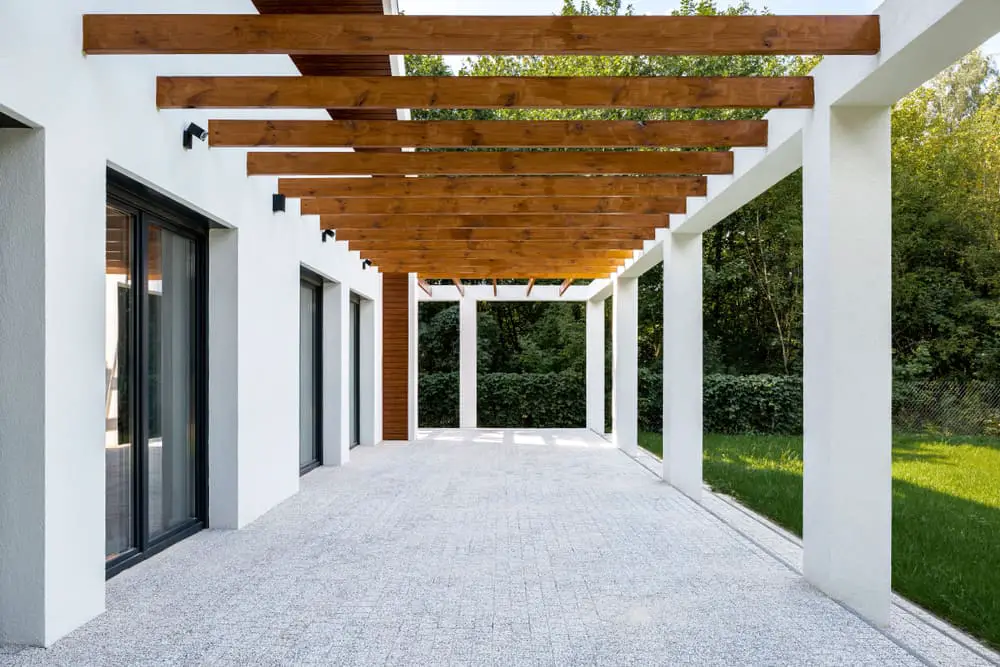
Should You Hire an Expert Designer for Your Patio?
Your patio is a place to have fun, relax, and socialize. So, you don’t want to waste your money on a shoddy job. A designer can help you avoid costly mistakes, including ones that will cost more to fix later. A designer can analyze your patio space and tell you where to place a grill, table, and sofas.
Designers don’t work for contractors. They work with contractors. Designers can also suggest ways to save money. For example, designers often know of less expensive materials than the typical homeowner. They know what questions to ask a contractor.
A designer will also tell you what to expect. A designer knows how much a stone patio will cost. They know how to calculate how large a patio will be and whether you’ll need permits. Your designer can also tell you how long the project will take and how much it will cost you.
How far Should a Patio be From the House?
A patio needs to feel both intimate and an extension of your home. It needs to feel private, but not so private you can’t see what goes on inside. And your patio should feel like an extension of the house — like, say, a living room or dining room where you and your family can enjoy outdoor season after outdoor season.
One of the easiest and cheapest ways to make your patio more livable is to move your chairs from the perimeter to the center. So that conversation can flow between the seating groups.
Let’s say you’re digging your patio. If the soil is on your property, you can dig it and replace it yourself. If it’s on someone else’s property, you’ll need a permit from the landowner. If the soil is on your property, and there’s no existing structure that’s being dug, it’s usually not an issue.
Bottom Line
A patio can become an extension of your garden, giving you space for relaxing, entertaining, and enjoying the pleasurable weather. However, it is important to build your patio correctly so that both you and the property are safe. Choose to pave with a slope away from your house to prevent water from collecting on the paving. Or concrete, which would run under your house and damage foundations and basements.
You may find that adding an outdoor living space could be just what you need to take your home in a direction to be perfect. If you have any questions about getting the slope right while constructing your patio or decrease structural integrity in your home, contact your local builder, architect, or engineer for professional insight.

